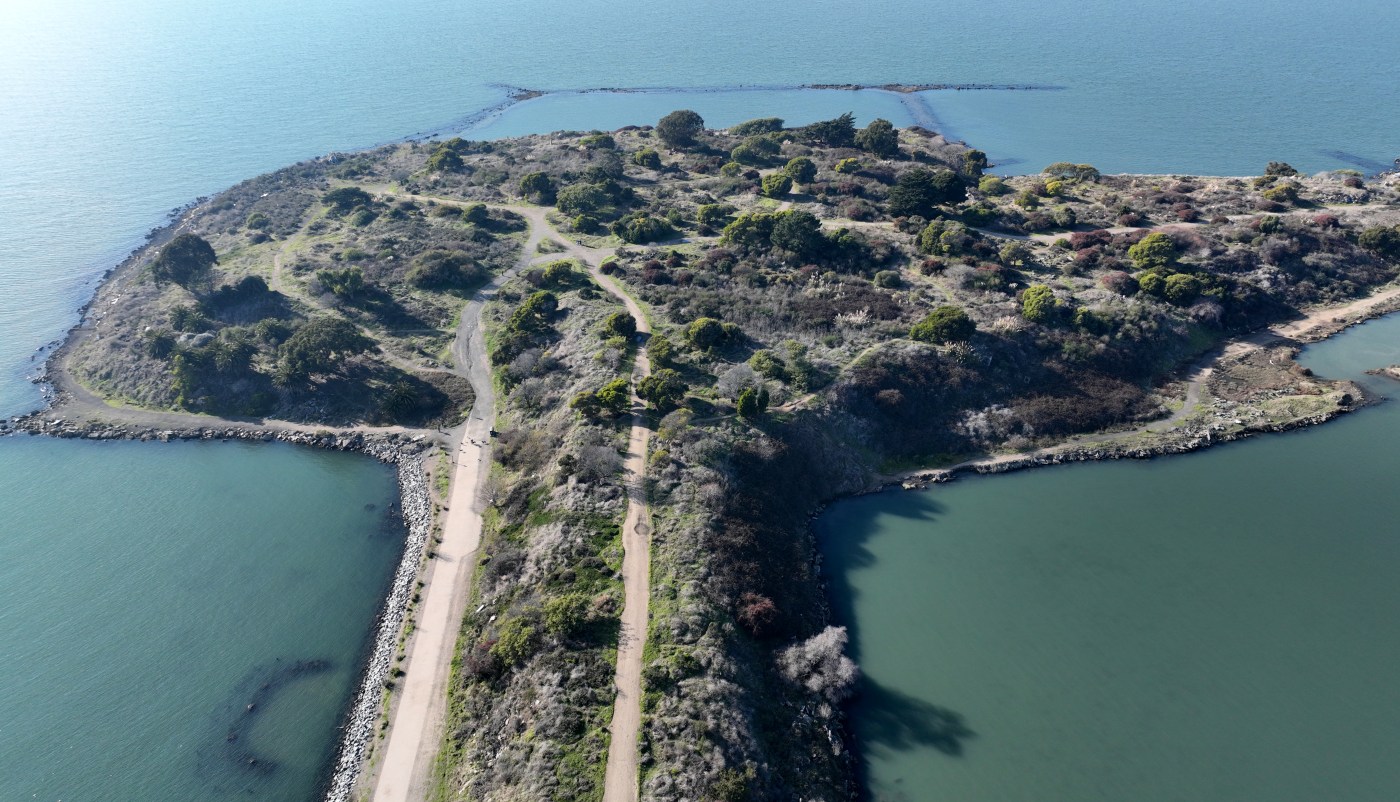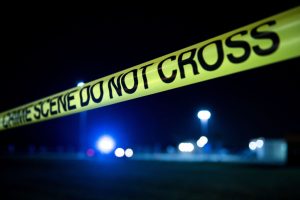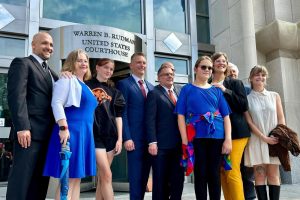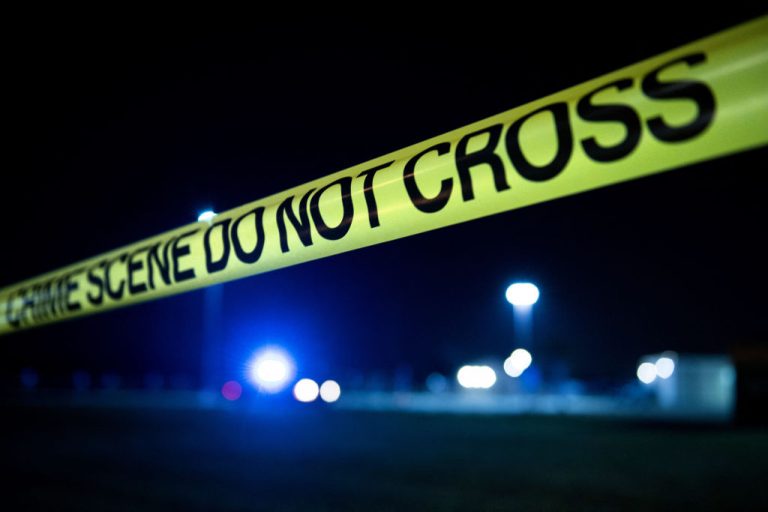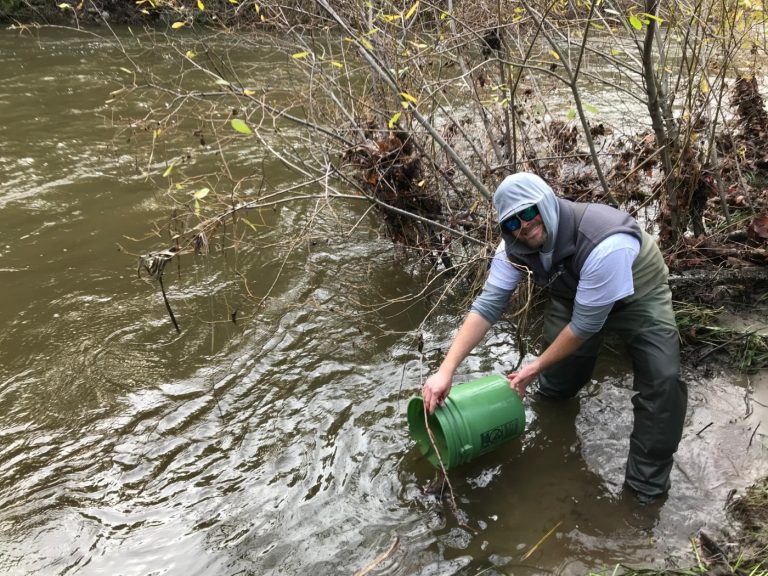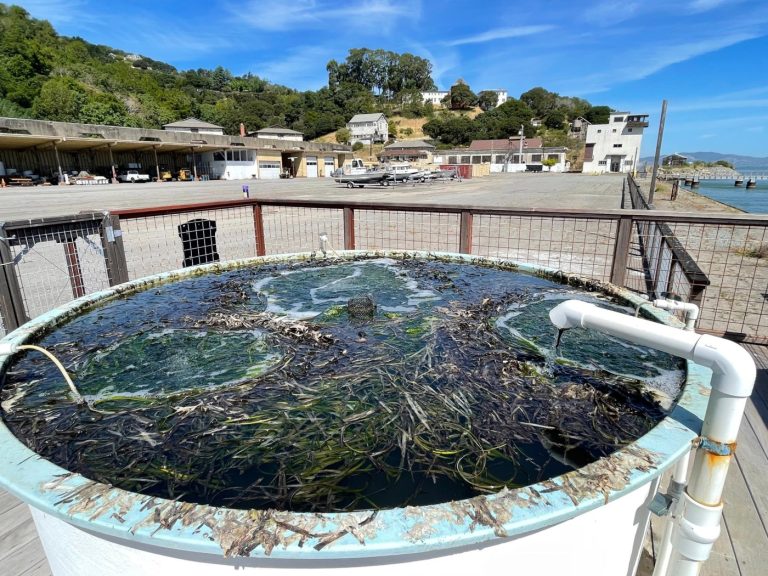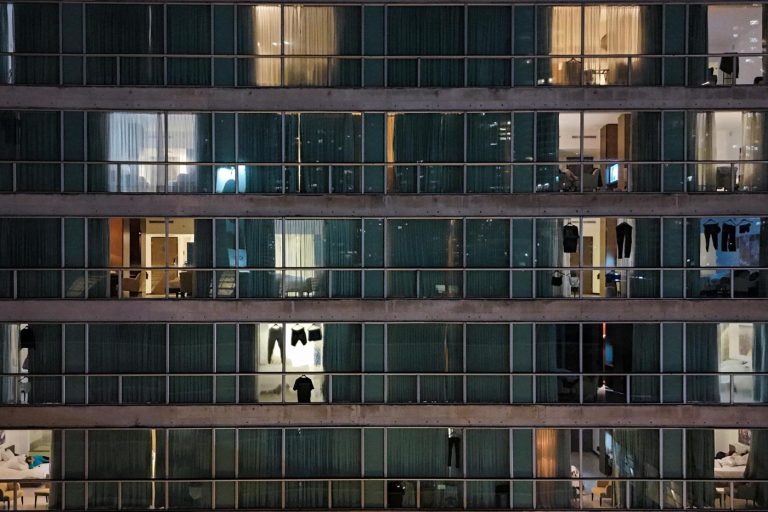ALBANY — A recent study found elevated levels of radiation at a former dump turned busy community space, but experts say the public has little to worry about.
Similar to other public parks, the Albany Bulb was formed on top of what was previously a landfill created along the eastern edge of the San Francisco Bayfront, just north of Berkeley. The main portion of the park, about 40 acres, is owned by Albany while the East Bay Regional Parks District owns the northern stretch of land leading up to the bulb and the state owns the southern portion.
People flock to the area for a number of reasons – everything from dog walking to daily strolls to birdwatching and beach visits. The Albany Bulb itself is known for its display of public art made of scavenged scraps of landfill that coincide with the park’s scenic views. It was also home to unsheltered residents for decades before they were removed in 2014.
Spotting radiation
Concerns about safety at the park were raised recently after a survey conducted by GSI Environmental found 10 areas spanning 12,370 square feet showed elevated levels of radiation.
Multiple news outlets reported on the study immediately following its release, but nuclear engineer Kai Vetter said some articles on the findings were, in his opinion, “misleading and exaggerate the risk by implying that the levels observed are dangerous, which they are not.”
Elevations in all of the hotspots were consistent with what’s expected at former landfills, according to GSI.
The California Department of Public Health said a person would need to stand on a hot spot for 20 hours to be exposed to the same level of radiation from a single dental x-ray.
Vetter told the Bay Area News Group a person would have to stand in one of the hot spots for 100 hours to get the same level of radiation exposure as one cross-country flight. The levels of radiation identified at the hot spots are comparable to living in places like Denver, India’s southern coastal state of Kerala, Stockholm, or some beaches in Brazil, Vetter said.
“We must not forget that everything in our world is radioactive,” Vetter said. “If you want to find a place without radioactivity, you have to go to another universe.”
A visitor walks along a trail with a dog past some of the artwork at the Albany Bulb on Tuesday, Dec. 3, 2024, in Albany, Calif. Testing at the former landfill, now a park, has shown elevated levels of radiation. (Aric Crabb/Bay Area News Group)
Much of Vetter’s work has been focused on radiation detection and imaging. He was part of a notable team of scientists that studied radioactivity in Berkeley rainwater and the beaches of Half Moon Bay following a 2011 earthquake that caused an accident at the Fukushima Daiichi nuclear power plant in Japan.
Vettor also heads the Applied Nuclear Physics program at the Lawrence Berkeley National Laboratory; he launched and still leads the Berkeley Radwatch and DoseNet programs, which work with high school and middle school students in conducting environmental measurements.
Vetter asserts “there is no reason to be concerned” about the levels of radioactivity identified at the Albany Bulb and called claims that any level of gamma ray exposure can kill someone “misleading” and “irresponsible.”
Despite assertions from experts that the public should not be alarmed, Albany spokesperson Brennen Brown struck a more cautious tone in an email Thursday, stating there’s not “enough information from the report to reach specific conclusions on public health risk.”
Albany was ordered to survey the Albany Bulb for radiation by the San Francisco Bay Regional Water Quality Control Board after staff found a letter dated March 28, 1980, from Stauffer Chemical Company to the Department of Health Services that indicated the company had been disposing of toxic waste in the old landfill between 1960 and 1971.
GSI Environmental and Cabrera Services Inc. conducted the survey which included both a review of historical documents – including records dated back to 1965, and aerial photos from as far back as the 1930s – and a gamma radiation walk-over survey of publicly accessible parts of the Albany Bulb.
Their historical review found that it’s unlikely radioactive materials, referred to as alum mud, were dumped in the portion of the landfill that now makes up the park.
A visitor walks near an art sculpture at the Albany Bulb on Tuesday, Dec. 3, 2024, in Albany, Calif. Testing at the former landfill, now a park has shown elevated levels of radiation. (Aric Crabb/Bay Area News Group)
Building a dump
The Albany solid waste disposal site would eventually span a total of 75.1 acres at the time of its closure in 1984, but only 40.8 acres was city-owned. The remaining 34.3 acres were privately owned and operated by the Santa Fe Land Improvement Company.
Parts of Albany’s portion of the landfill were being filled sometime between 1965 and 1968 and it was designated as a class III dump, meaning it was intended to hold nonhazardous materials, according to the GSI report.
Related Articles
In the Mojave Desert, a gold rush sparks a mini real-estate boom for old mines
Healthcare titan plans huge South Bay medical hubs in $800 million project
Google pays San Jose advanced benefits as downtown village plan lags
Netgear agrees to office deal in San Jose to shift its headquarters
Deal that tops $50 million might preserve affordable Berkeley housing
By that time, the Santa Fe Land Improvement Company landfill was already operating as a Class II site, meaning it could accept some hazardous waste. Stauffer Chemical Co. records indicate that alum mud was discarded at a privately owned class II dump, likely the Santa Fe Land Improvement Company’s landfill, according to the report.
“The Park District is reviewing the report and monitoring the actions of the (Regional Water Quality Control Board) and the city at this location. As part of its review, the Park District will evaluate the report’s findings and take any appropriate action, in cooperation with the RWQCB and the city. At this time, the RWQCB has not requested any action by the District,” said park district spokesperson Dave Mason in an email Thursday.
A drone view of the Albany Bulb in Albany, Calif., on Thursday, Dec. 5, 2024. A state-ordered environmental report recently revealed high levels of harmful radiation at the popular waterfront park. (Jane Tyska/Bay Area News Group)
Despite it being unlikely that alum mud was disposed of at the Albany Bulb, Cabrera Services did find one 1,900-square-foot spot that fell within one of four containment blocks that made up the Albany Landfill and could possibly have received alum mud. Two other hotspots also had heightened concentrations of radiation similar to alum mud levels, but were substantially smaller, ranging from 10 to 20 square feet.
Cabrera Services recommended the three locations be included in any future investigations, and GSI recommended the city conduct shallow trenching and soil sampling at the sites — but asserted there no further investigations were warranted.
“It is encouraging that the gamma walkover survey results are consistent with levels of naturally occurring radioactivity associated with materials expected at a construction/municipal landfill,” said Brown. “At this time, based on the information from the report, the City is not aware of any need to take additional actions to protect health and safety.”
